Kyoto cuisine is all about fresh, local ingredients and traditional dishes. It’s particularly famous for kaiseki, a traditional multi-course Japanese meal that uses seasonal and local ingredients, as well as for vegetarian fare stemming from Buddhist traditions, like shojin ryori.
When I visited Kyoto, I got to try loads of amazing foods, from those green tea noodles and ice cream to fancy kaiseki dinners, and even some unique sushi that’s different from what you usually find in Japan. Walking around Nishiki Market was also a treat with all its street food and snacks.
Tofu
Kyoto’s tofu is unmatched, all thanks to the region’s pristine, soft water. This high-protein food, made mostly from soybeans and water, has a subtle, sweet flavor that shines in Kyoto’s vegetarian temple cuisine, shojin ryori.
Do yourself a favor and dive into yuba, the exquisite tofu skin delicacy born from heated soy milk—a true Kyoto specialty.
Also, give yudofu, (boiled tofu) a try. Its simplicity is elevated by kombu seaweed, making it a must-eat in Kyoto. The restaurants below offer tofu in various formats..
Junsei Kyoto – Junsei specialises in tofu kaiseki served in a historic Edo-era medical school with stunning gardens. Reservations are needed.
Tousuiro Kyoto – Enjoy tofu in a well-preserved traditional house from Taisho ero. You’ll eat oboro tofu, freshly dipped yuba and seasonal ingredients.
Okutan Nanzenji – Specialises in tofu kaiseki sets. It’s especially wonderful for lunch, after a visit to Nanzen-ji Temple. This is the oldest boiled tofu restaurant in Kyoto.
Shojin Ryori
Shojin Ryori cooking originated as a diet of the Zen Buddhist monks. It’s vegetarian or vegan depending on the restaurants, and it is meant to represent the principle of non-violence. The foundation of Shojin Ryori is rooted in the use of seasonal fruits and vegetables, legumes (especially soybeans in various forms like tofu and miso), and seaweed.
Shojin Ryori emphasizes the concept of “ichiju-sansai,” which translates to “one soup, three sides,” a traditional meal setup that includes a soup, rice, and three side dishes.
Tenryuji Temple Shigetsu – Shojin Ryori offered in a Buddhist temple near Arashiyama bamboo forest. Order a delicious set and enjoy your meal on tatami floors.
Ayuchaya Hiranoya – It might look understated, but this is a high end restaurant that focuses on seasonal ingredients and has incredible attention to detail. It is a traditional dining experience with authentic rooms.
Kaiseki meal
Kyoto reigns supreme in kaiseki cuisine, offering an unparalleled multi-course dining adventure reminiscent of Michelin-starred tasting menus. This is where small, visually stunning dishes come together to create an unforgettable taste journey.
Kyoto is packed with spots offering kaiseki at both lunch and dinner, but be ready for a premium experience with a price to match. For a more budget-friendly option, lunchtime kaiseki is the way to go.
Typically, a kaiseki meal spans nine courses, though some establishments may serve between 6 and 15, including both appetizers and desserts. It’s the ultimate way to savor local Kyoto flavors, with many restaurants focusing solely on kaiseki.
After sampling a number of kaiseki restaurants ourselves, we’ve got a few favorites to recommend.
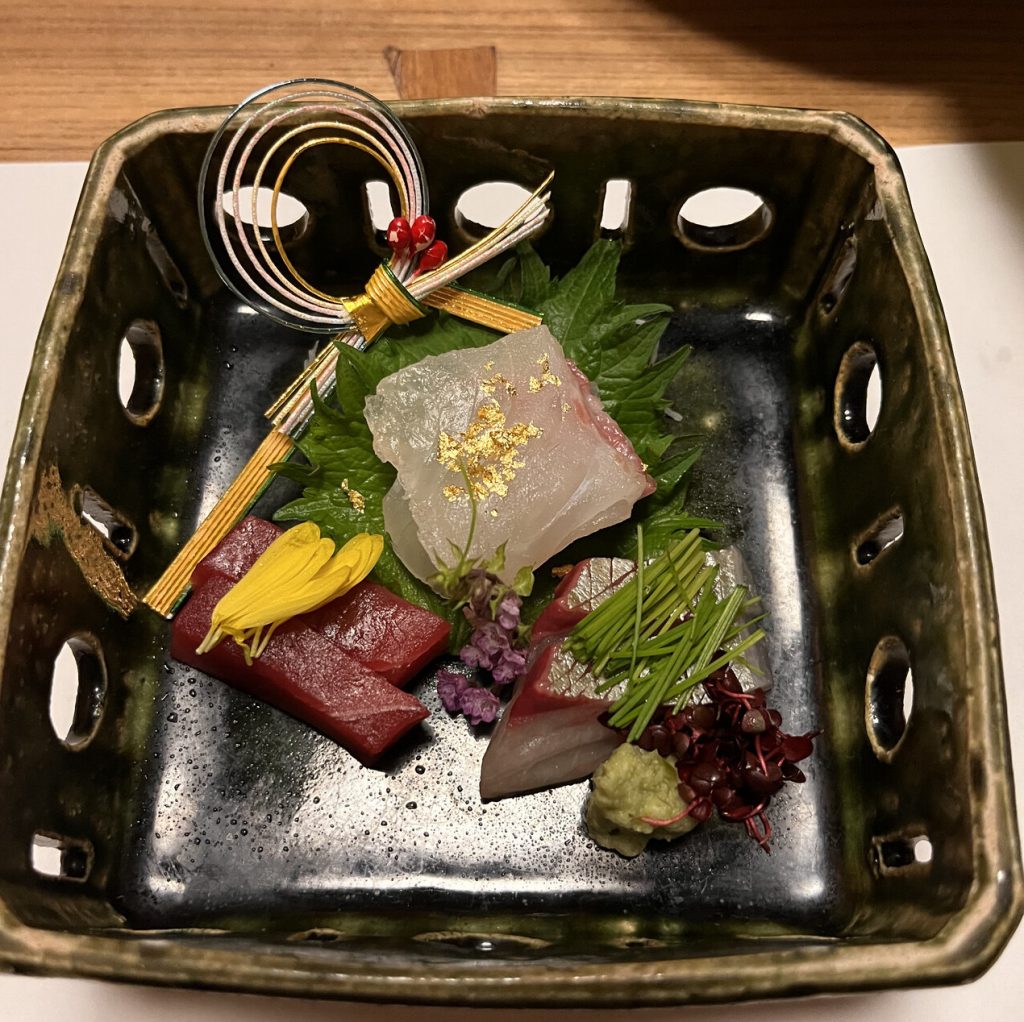
Hanasaki manjiro – This is our favourite restaurant for high end kaiseki in Kyoto. You’ll dine in a period house with tatami floors and if you reserve a meal of over 10,000 yen ($70 per person) you could opt for a private room. Private rooms are limited, and we recommend booking yours well in advance. We especially love it that this restaurant can arrange for a maiko private dinner for an extra special celebration.
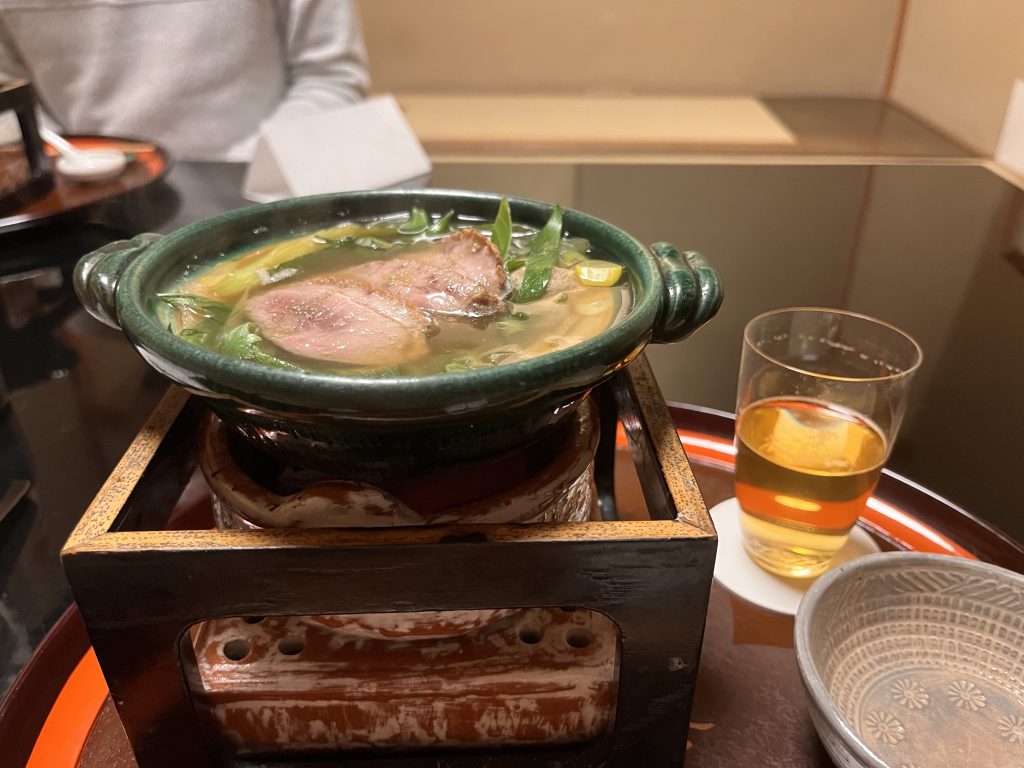
Kikunoi Honten – A 3 Michelin star restaurant ran by chef Yoshihiro Murata, known to be the only one in the world with 7 Michelin stars. It is considered one of the best restaurants for kaiseki in Kyoto. You can read our honest Kikunoi Honten review.
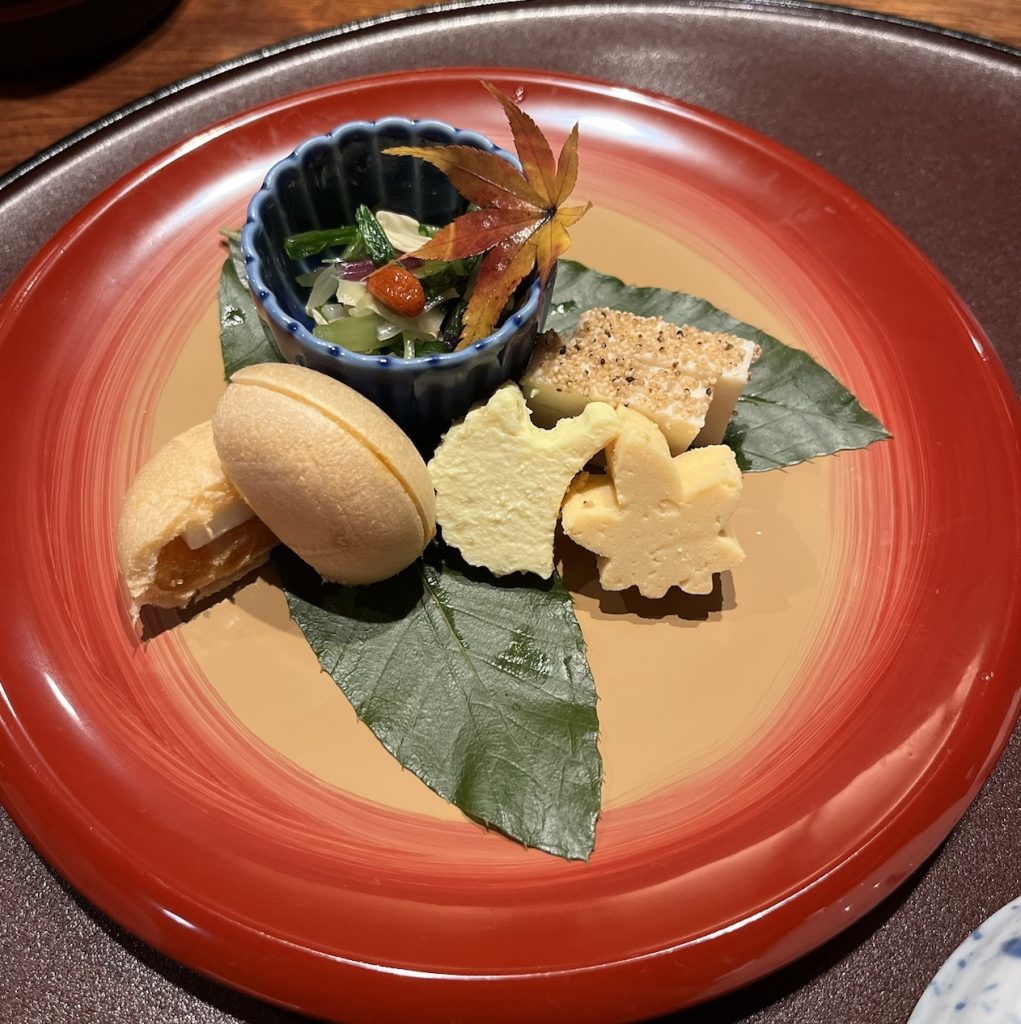
Kiyamachi tousuiro – Multi-course tofu meals served in a traditional Japanese house. Counter seats as well as low tables on tatami. The meal is so beautifully presented, and one of the highlights is the yudofu served in a hinoki container.
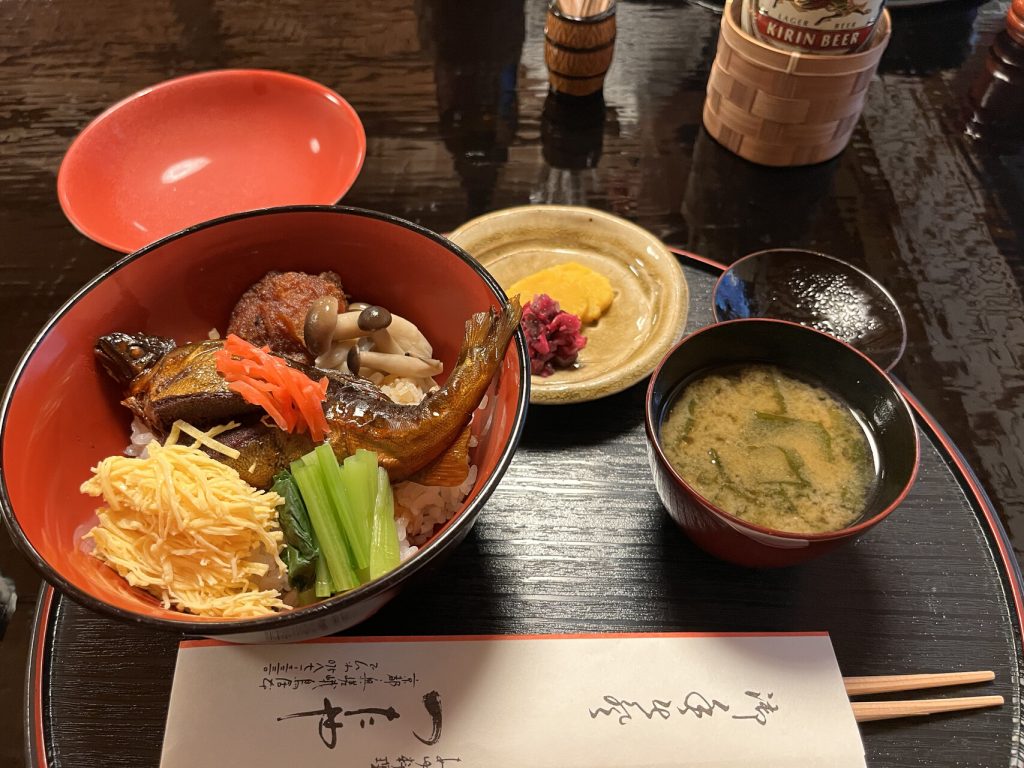
Ayu-no-Yado Tsutaya – I recommend this for a kaiseki lunch when you find yourself exploring Arashiyama. It’s located quite off the beaten path. Expect fixed priced meals served in a tatami room with views of the garden.
Matcha
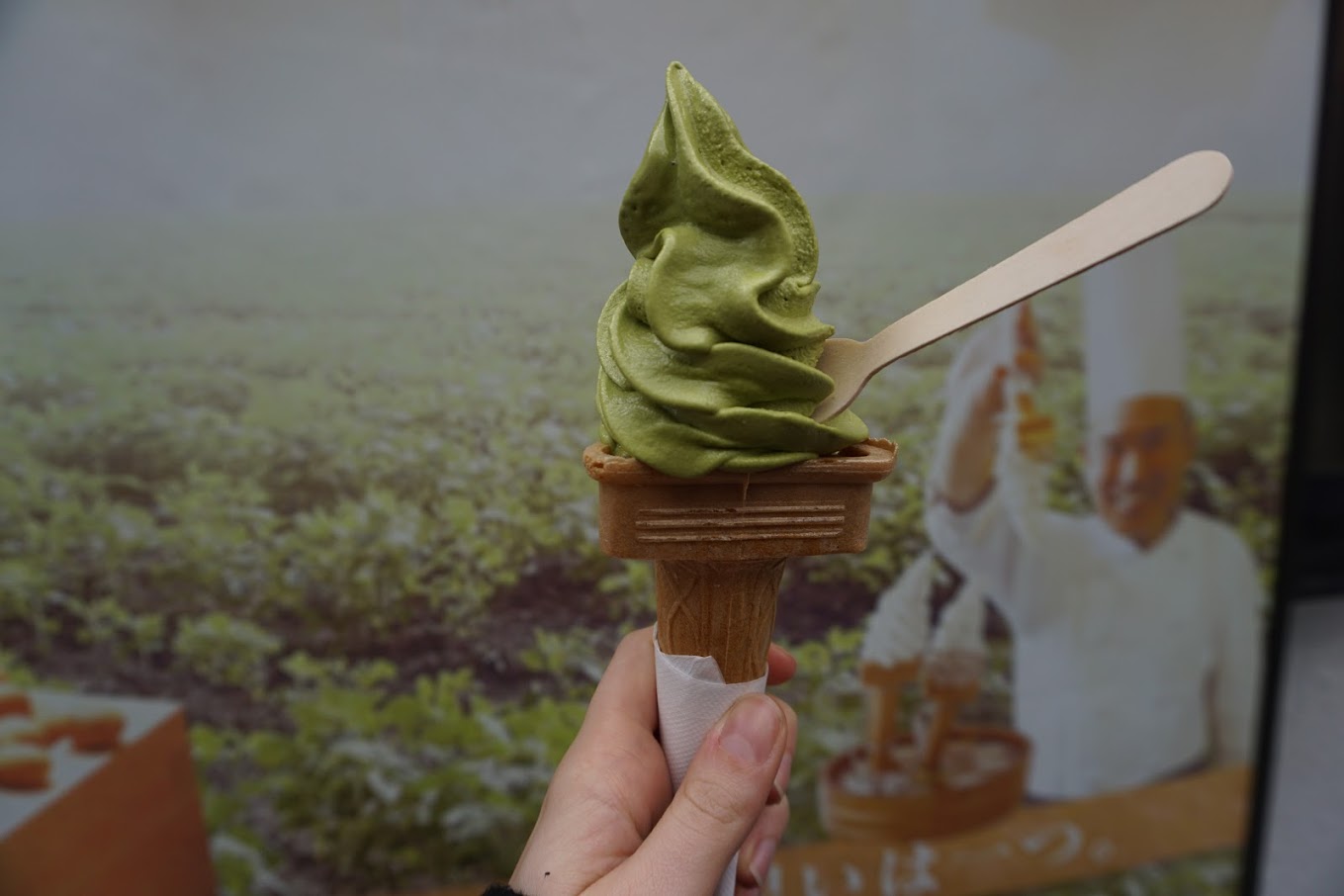
Kyoto is famous for its matcha. In fact, just 15 min by train away is the town of Uji, known as the birthplace of matcha tea. Enjoy it in all its forms from ice cream, to elegant tea ceremonies.
Matcha tea ceremony – Learn how to make the perfect bowl of matcha and replicate this at home. You will be offered traditional wagashi (traditional sweet) with your tea, made by local artisans.
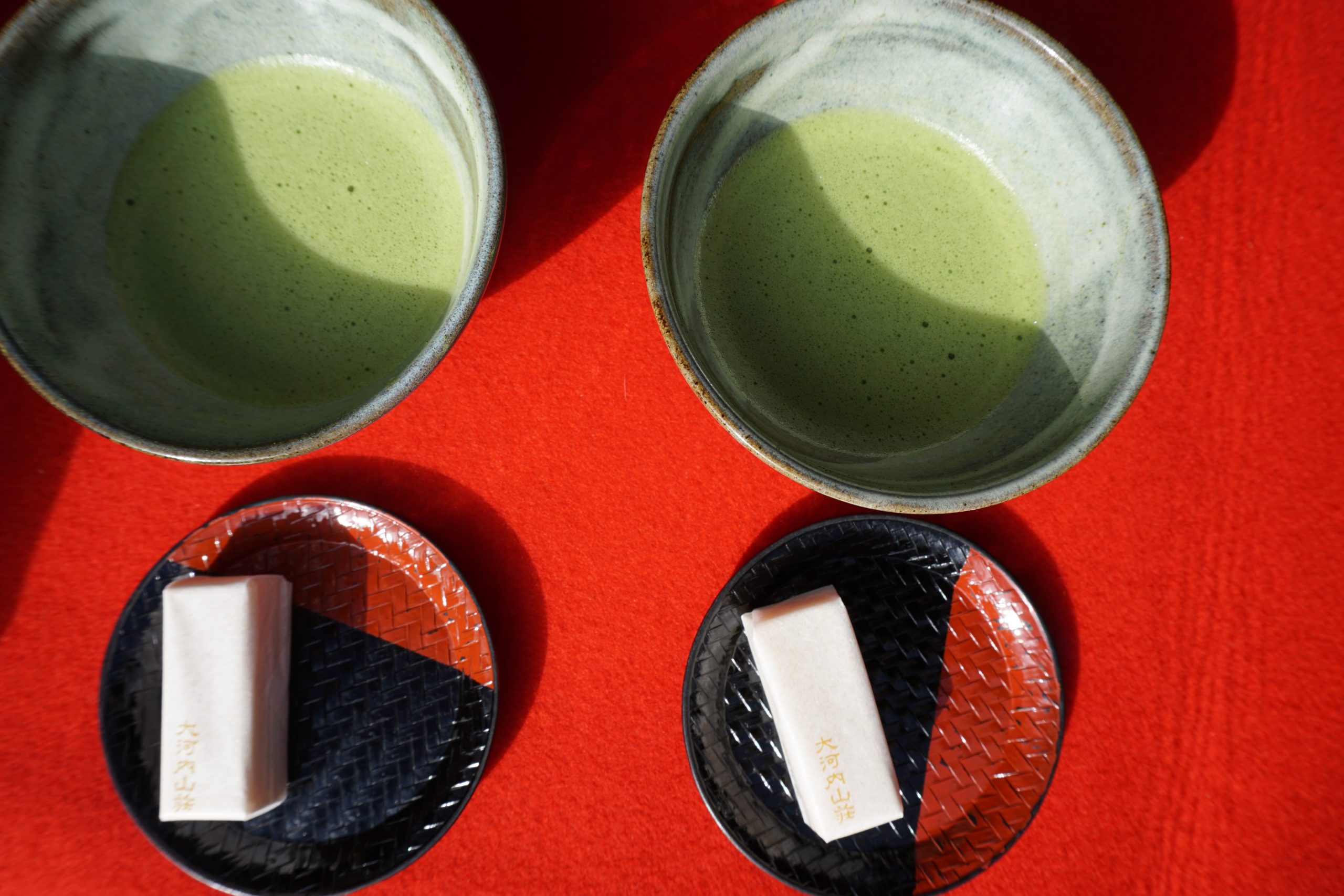
Matcha sweets – Head to Shijo Dori, a long street in Gion district. You’ll be able to sit down in tea houses and order matcha desserts. Many shops offer free samples of their matcha mochi, so you know exactly how delicious your souvenir treats will taste like. Walking around Nishiki market will reveal many matcha puddings, doughnuts and biscuits too. For fancy matcha treats, head to Isetan Department Store.
Kyoto sushi
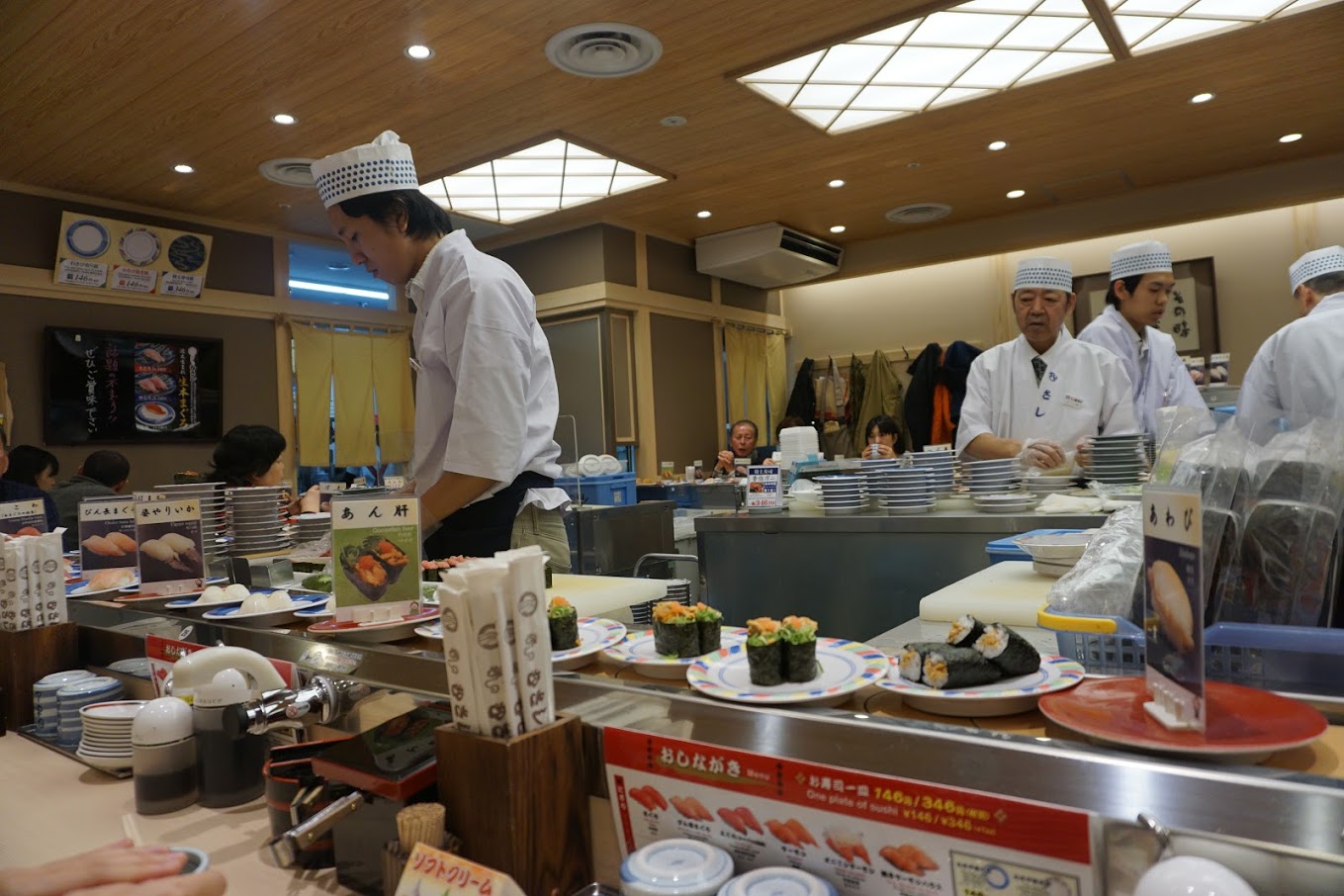
Kyoto offers a unique take on traditional sushi known as Kyozushi, notable for its sweet flavour and eaten without soy sauce. The most standout local sushi is saba sushi, a combination of mackerel over rice. This dish’s origins trace back to a time when fresh fish had to be salted for transport to Kyoto. Today, it’s prepared with raw fish cured on vinegar-flavoured rice, in the form of nigiri. Numerous sushi spots in Kyoto specialise in saba sushi, and we’re keen to share our top picks with you.
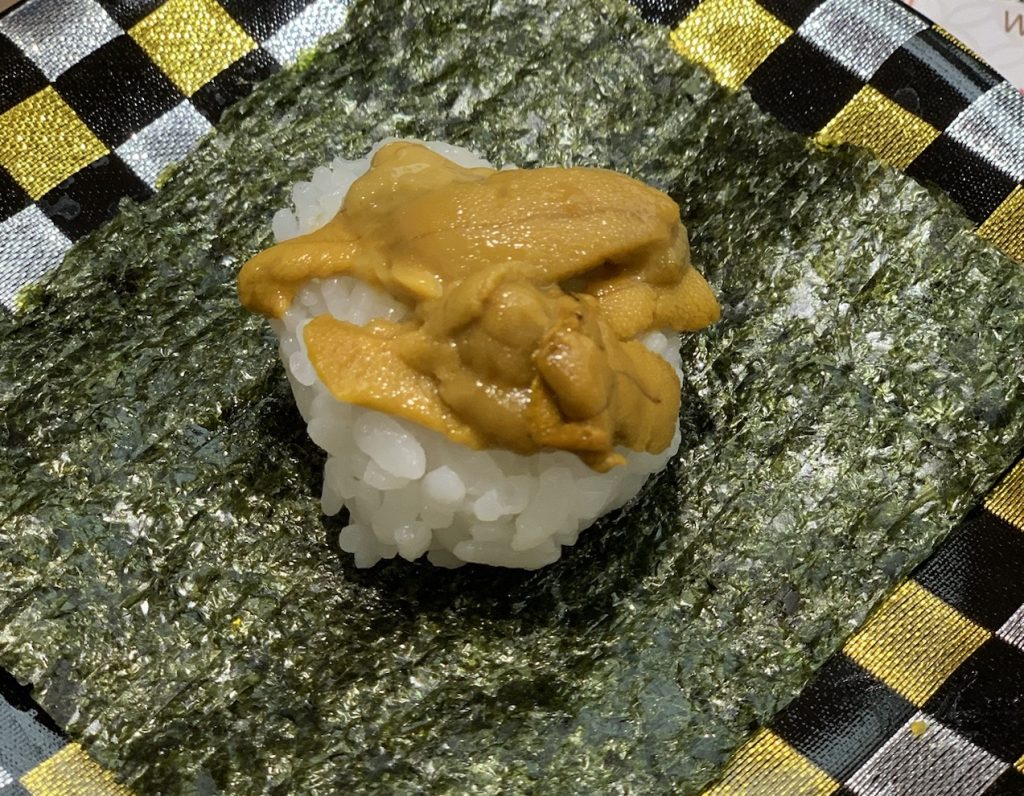
Sushi no Musashi – Our favourite sushi place in Kyoto. We had times when we took a trip to Kyoto just to eat at this restaurant. This is a sushi train type of sushi restaurant but with some of the best variety of shellfish. There’s always a queue, but it’s so worth it.
Tomisen – For your authentic Kyoto sushi, this is the place to visit for lunch. You’ll be served high quality raw fish with fantastic presentation. We highly recommend asking your hotel to book you a table at this restaurant.
Kikyo Sushi – An authentic family run sushi restaurant. A little off the beaten path, which makes it so great for those with curious minds and large sushi appetites. Ask for “omakase” which means “I’ll leave it up to you” and be surprised by what the chef prepares for you.
Ramen
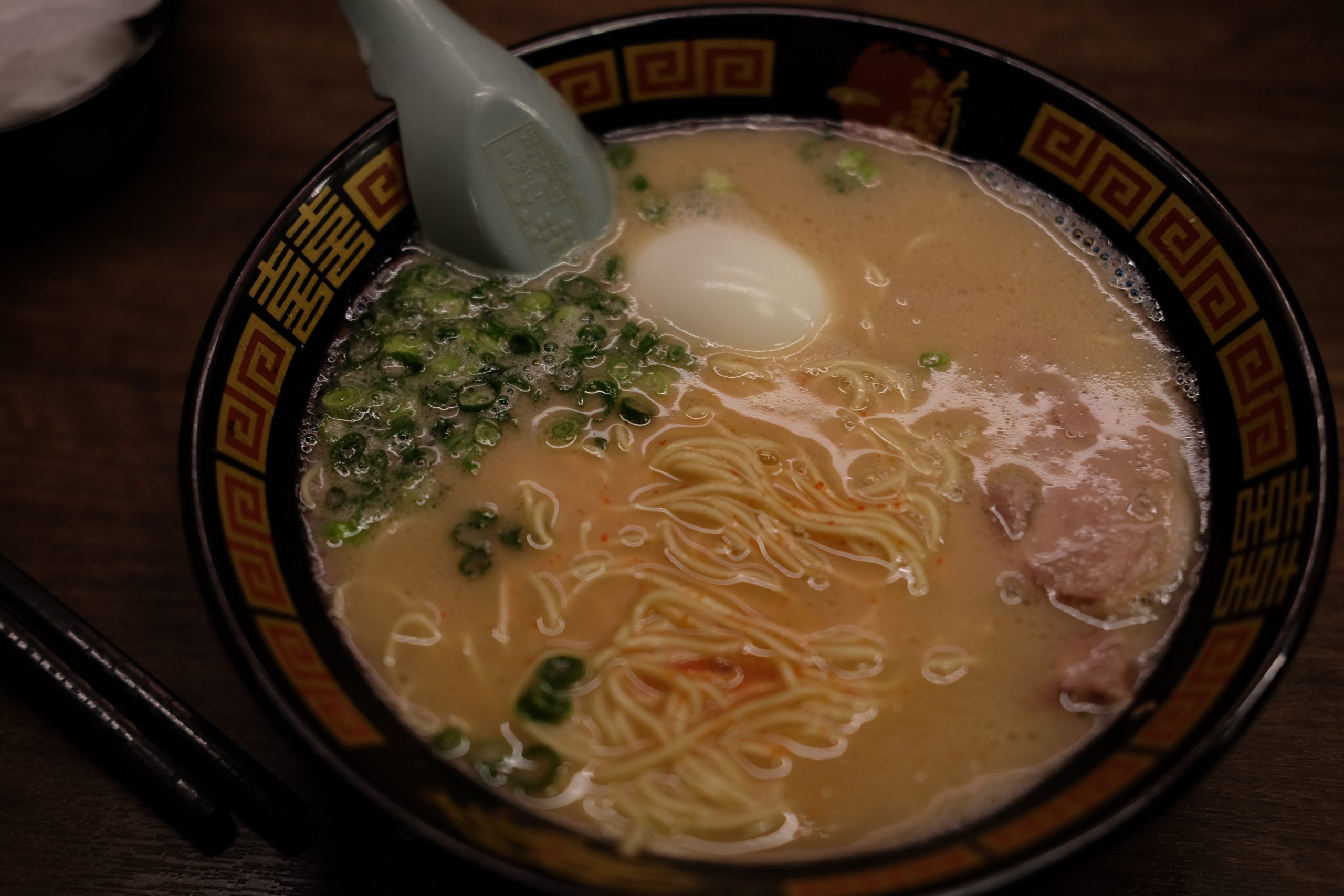
Kyoto style ramen is a soup made with rich broth made from chicken and pork bones with soy sauce. It’s topped with noddles, slices of melt-in-the-mouth meat and vegetables. Ramen is a quintessential Japanese food you ought to try, and luckily, Kyoto has several great ramen shops.
Ginjo Ramen Kubota – Expect a small diner with just a few counter seats. We recommend trying the tsukemen noodles (dipping ramen). Purchase your ticket from the vending machine (cash only) before waiting in line.
Ichiran Kyoto – A staple in Japan, Ichiran has many ramen restaurants dotted all around the country. But since it’s our favourite spicy broth, we must recommend it during any trip to Kyoto as well.
Ramen Sen-no-Kaze Kyoto – Try the pork or seafood-based broth with a side of gyoza. This ramen shop is popular, so you might need to a wait in a queue for it.
Honke Daiichi-Asahi – A 1947 ramen restaurant with a delicious soy based broth you’re going to love. This ramen restaurant is close to Kyoto station and usually recognisable by its very long line outside.
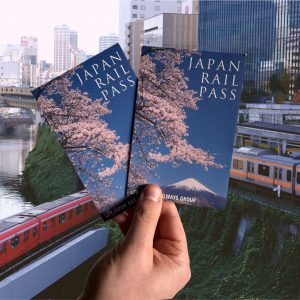
Japan Rail Pass
The optimal way to explore Japan is with a rail pass that is available for durations of 7, 14, or 21 days, offering unlimited travel across the country. Shinkansen included!
Soba Noodles
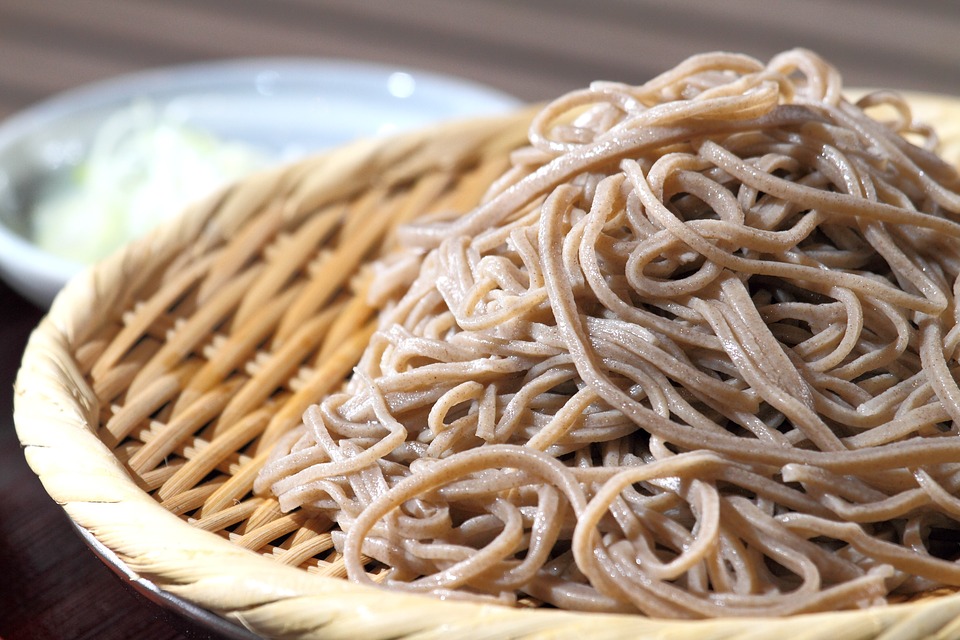
There are two types of noodles to try: udon and soba.
Soba noodles are made from buckwheat and they are usually served cold with a side of tsuyu dipping sauce. When ordered as a set, they normally come with tempura.
Udon noodles are made from wheat flour, often served in dashi soup.
Try the Kyoto speciality Nishin Soba, a bowl of buckwheat noodles served with dried herring summered in soy sauce, mirin and a touch of sugar. It’s typically topped with green onion.
Sobanomi Yoshimura – A fantastic spot, popular with locals, so you just know the food will be delicious. You can even watch the chefs make soba from scratch. We recommend trying the soba with tempura.
Tsukemono Pickles
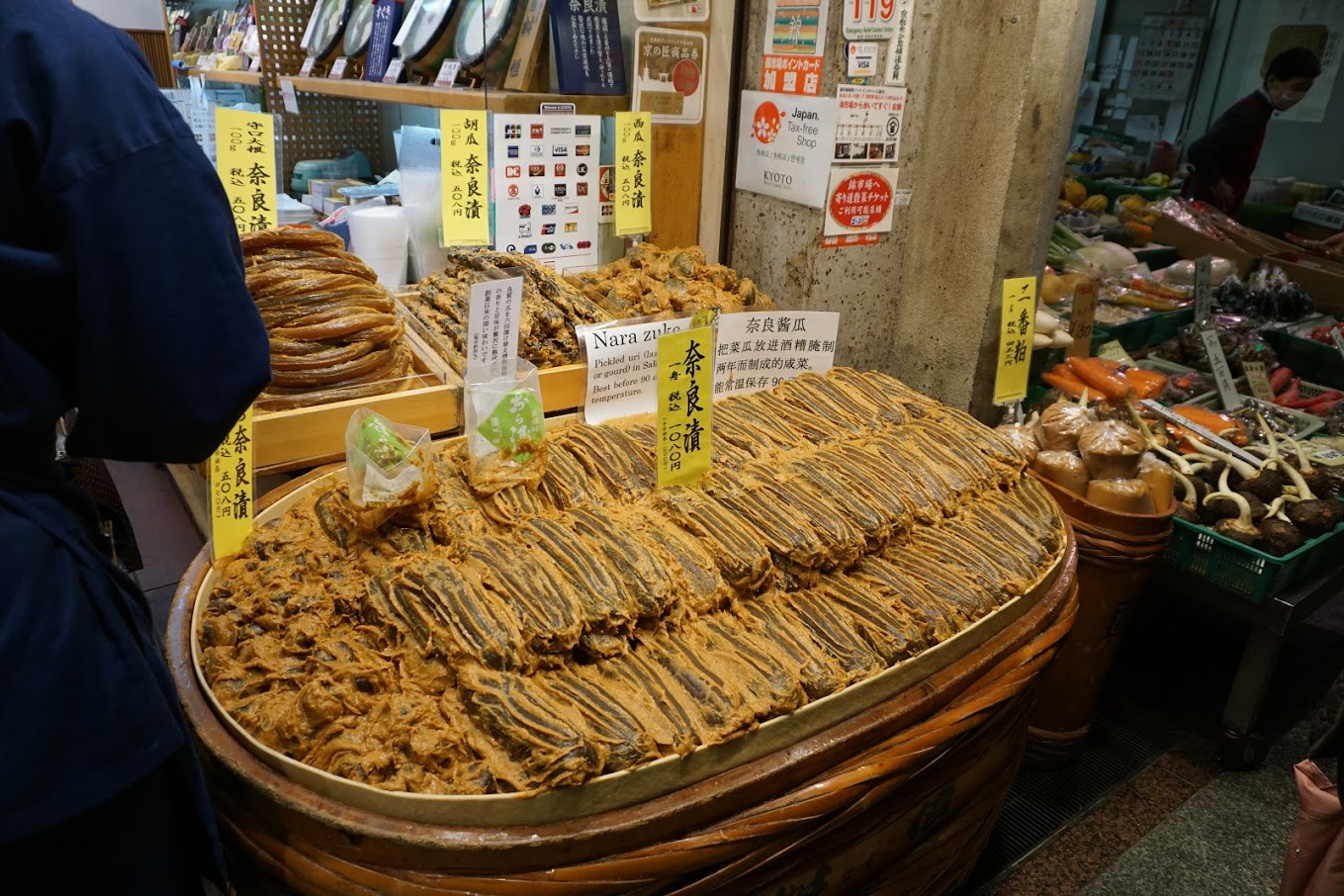
Tsukemono Pickles are Japanese preserved vegetables served with rice (as okazu), with drinks (as otsumami) or as a garnish in Kaiseki meals. They might go unnoticed but in reality, these delicious pickled vegetables are pickled in salt, soy sauce, miso and sake lees. Unlike western pickles, Tsukemono don’t contain any vinegar.
A particularly special tsukemono we recommend is umeboshi, pickled plums known to be fairly salty and acidic. Try it with a side of onigiri (rice balls wrapped in nori).
Murakami-Ju Honten – A shop famous for pickled sliced daikon.
Nishiri Market is another great place for finding Tsukemono in vacuum sealed bags, ideal to even bring home with you.
Yatsuhashi
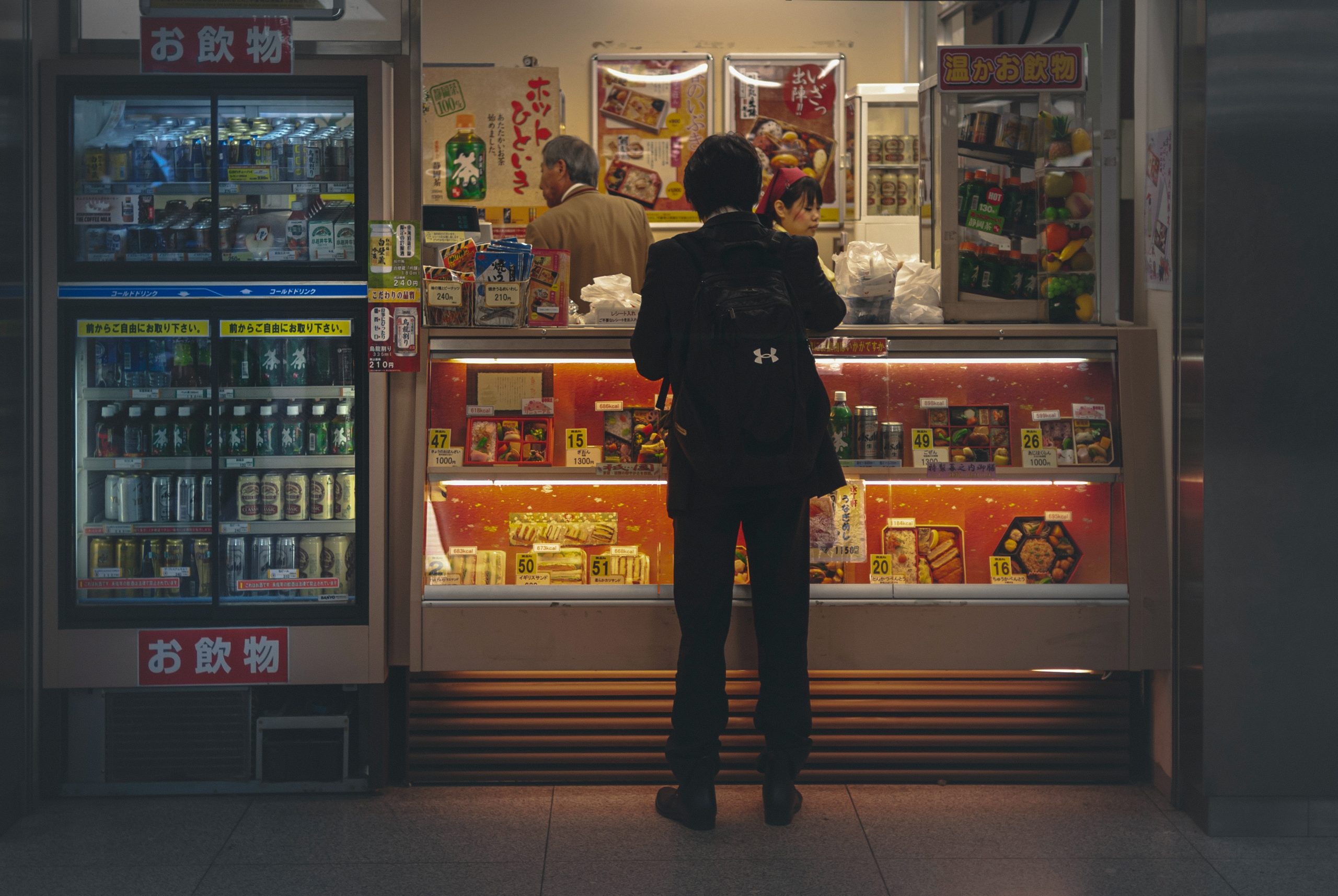
Yatsuhashi is a traditional Kyoto wagashi made from rice flour, sugar and cinnamon. It comes in two formats: baked, which is a hard cinnamon flavor biscuit and raw, which is soft and chewy.
Every souvenir shop sells Yatsuhashi because it’s the most famous regional product from Kyoto.
For authentic and delicious Yatsuhashi visit Izutsu Yatsuhashi Honkan which has been a Yatsuhashi maker since 1805.
Tonkatsu
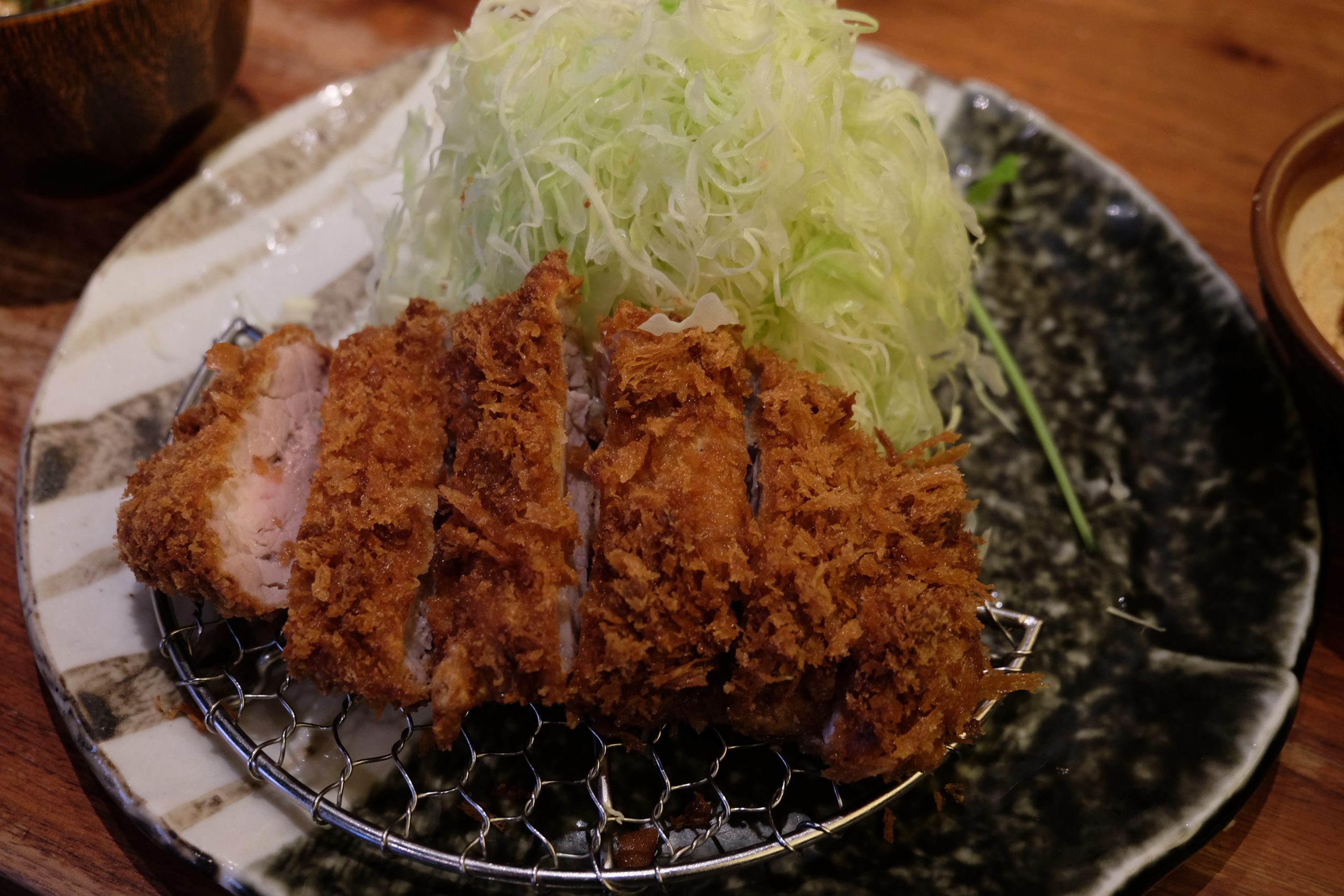
Tonkatsu is a Japanese dish that consists of breaded deep-fried pork cutlet served with rice, miso and shredded cabbage.
The meat is usually so perfect, it melts in the mouth, and the crispy exterior is so satisfying thanks to the panko breadcrumbs.
Good to know: When ordering tonkatsu, you can ask fr free top up of miso, rice, and cabbage.
Katsukura – My favourite tonkatsu pork in Kyoto is Katsukura located in the Kyoto station. There are almost always queues here!
It is a little harder to find, so head to the South-West side of Kyoto Station, 11th floor in the Cube at the very back.
Tonkatsu Ichiban – This restaurant is special because it offers tonkatsu made from Yonezawa pork, which comes from Yamagata Prefecture. This restaurant has been going for 60 years now and are a 3 generation family run business.
Other Kyoto snacks
No food guide is complete without recommendations for street food at Nishiki market. It’s often called Kyoto’s kitchen and well known for local foods. We recommend getting a local guide to show you around and help you pick delicious foods. But if you prefer exploring at your own pace, here are some of the foods we recommend you try.
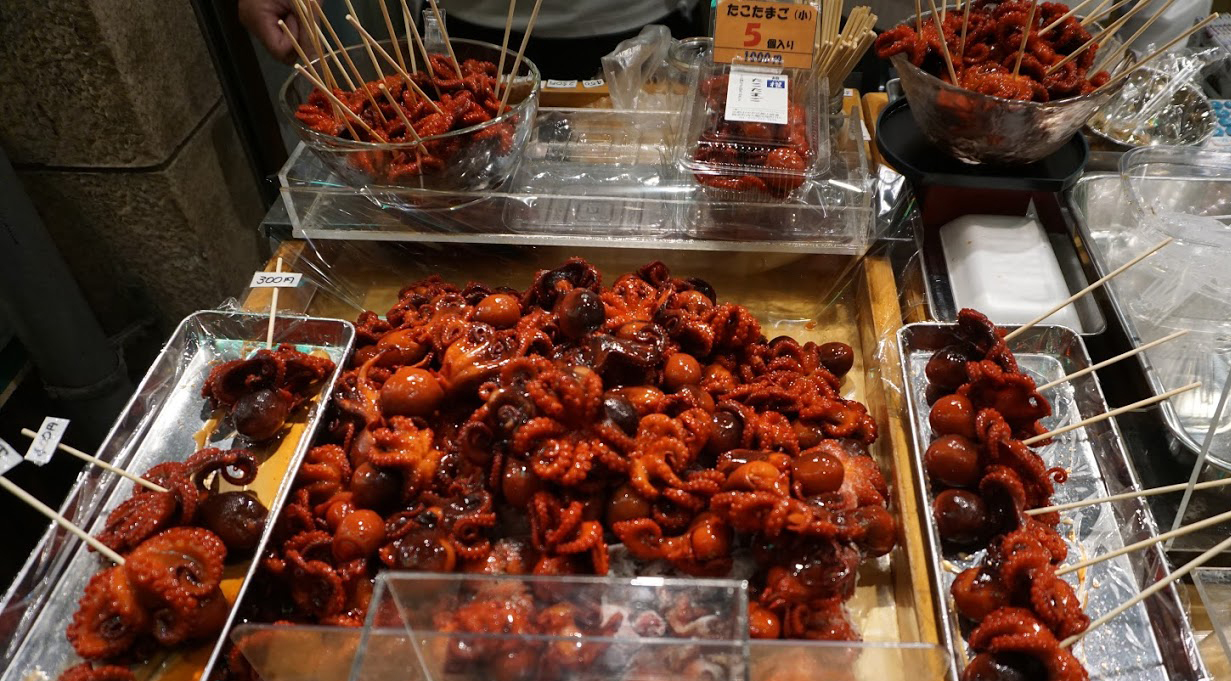
Takotamago – Baby octopus on a stick with an egg in its head.
Charcoal Ice Cream – Try bamboo charcoal ice cream, known to help with purifying and self-healing due to its detoxifying abilities.
Soy milk Doughnuts – Expect chewy delights on the inside with a slightly crunchier exterior.
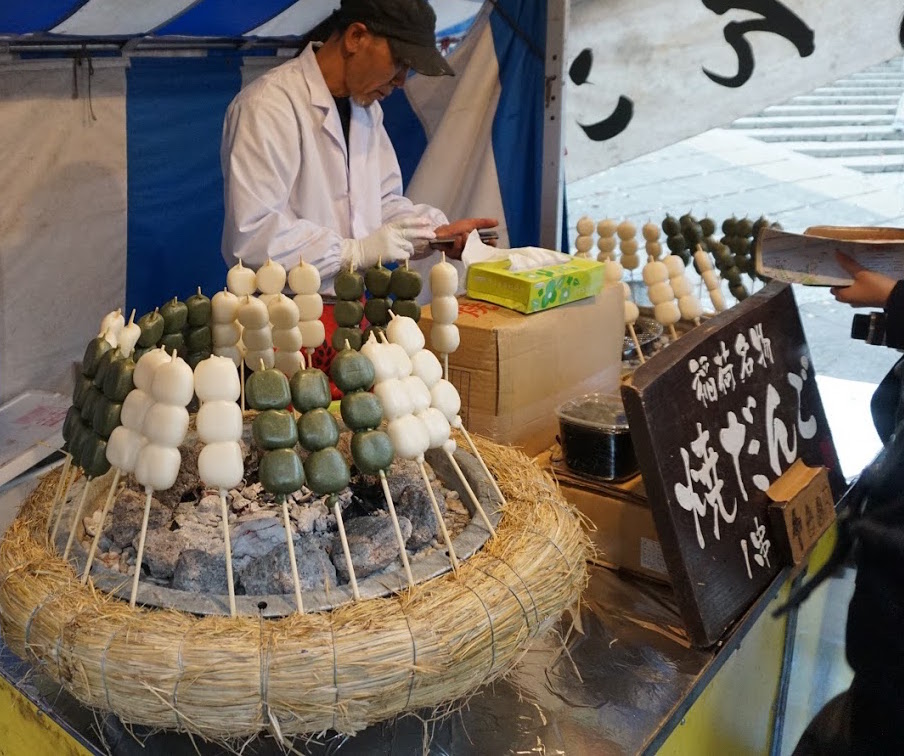
Dango – Try these skewered rice cakes covered in a sweet, sticky soy sauce glaze. They originate from Kamo Mitarashi Tea House in Kyoto.
Matcha kakigōri – Matcha flavoured shaved ice
Ōban-yaki or Imagawayaki – Japanese sweet cake filled with sweet azuki bean paste.
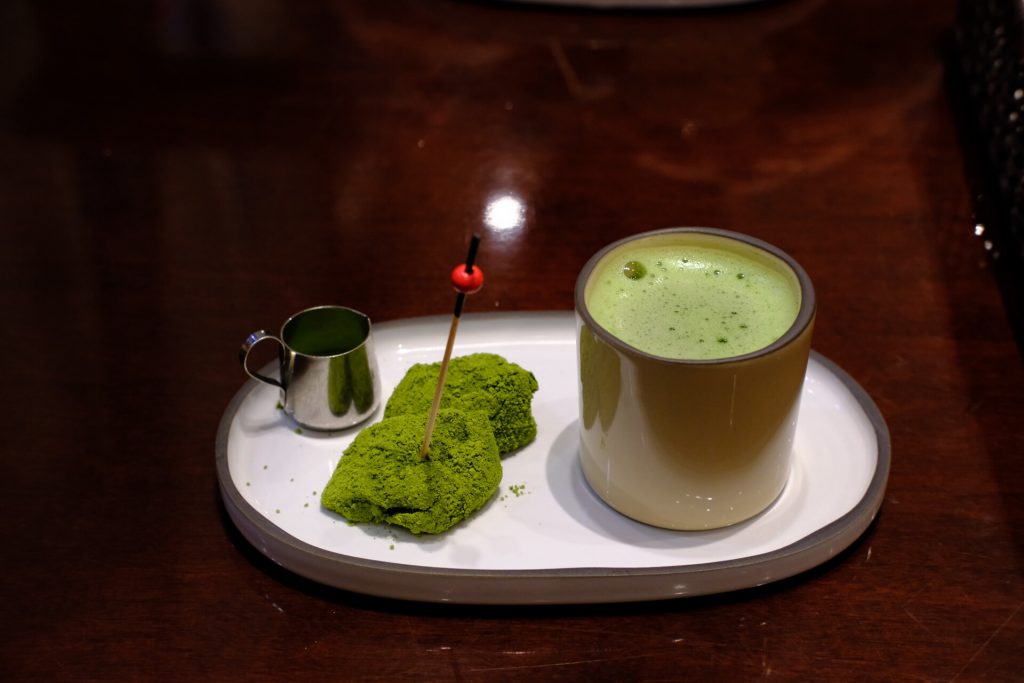
Warabimochi – Jellied dipped in kinako (soybean flour, can be mised with matcha) and sugar
Conger eel – Try Hamo Tempura in Uoriki, a small restaurant opened in 1919.
As you can see, there are lots of delicious food in Kyoto, and you will have a lot of fun trying it all. With so much to eat in Kyoto, it’s obviously a great place for enjoying a holiday in Japan. We recommend Kyoto as part of our 2 weeks in Japan itinerary.
More Kyoto Tips
- Where to stay in Kyoto
- Things to do in Kyoto
- Kyoto itinerary
- Temples in Kyoto
- Kyoto ryokans and onsen
- Best day trips from Kyoto
- Guide to Fushimi Inari Shrine
- Guide to Arashiyama Bamboo Forest
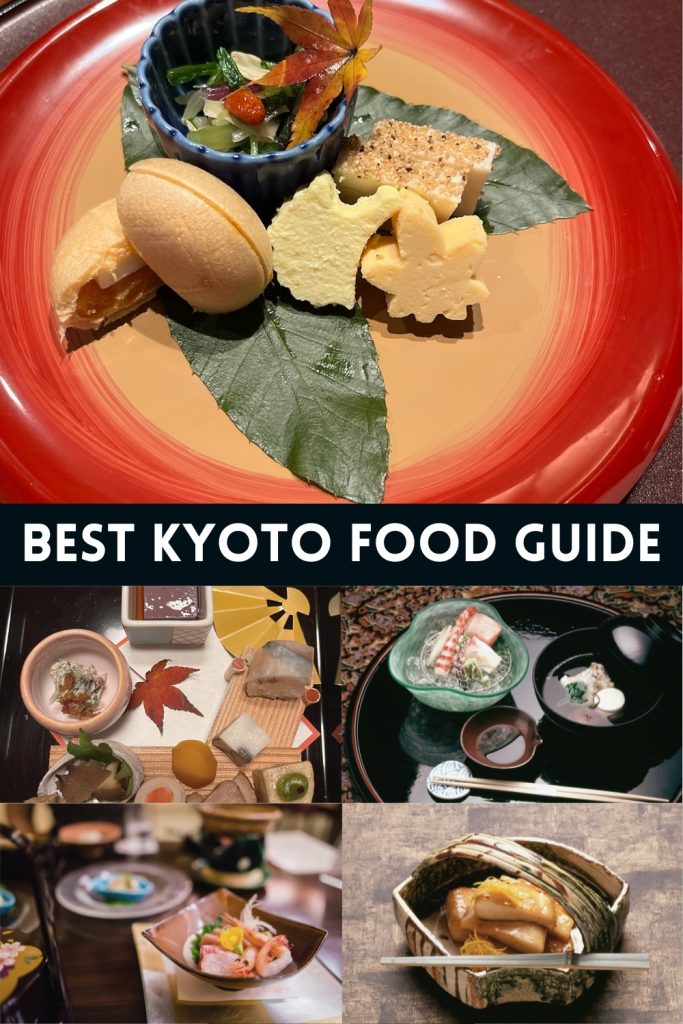
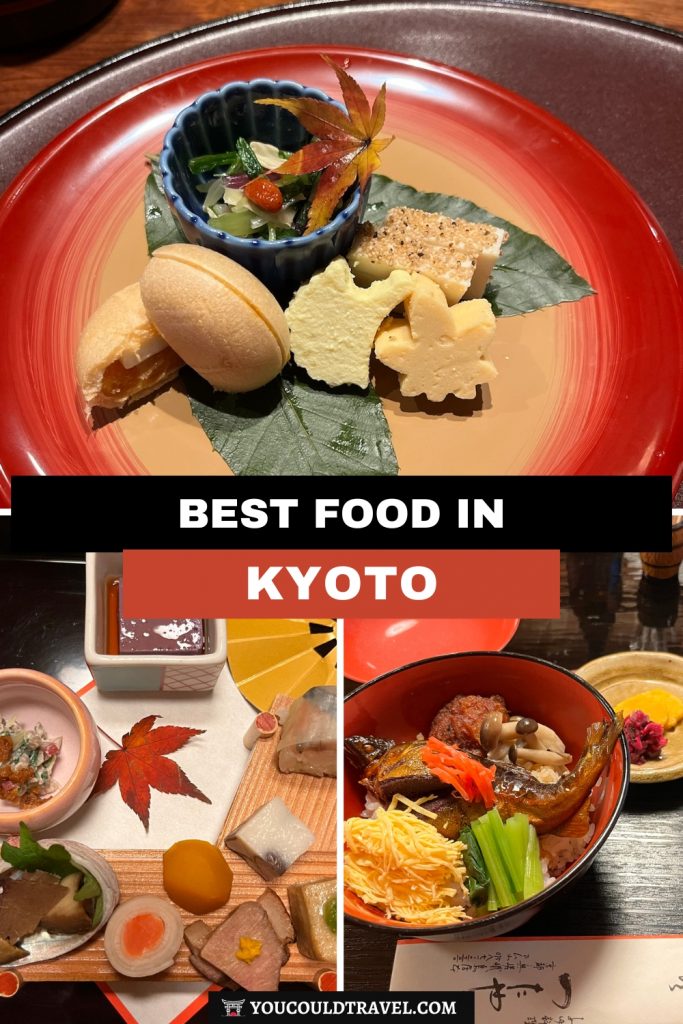

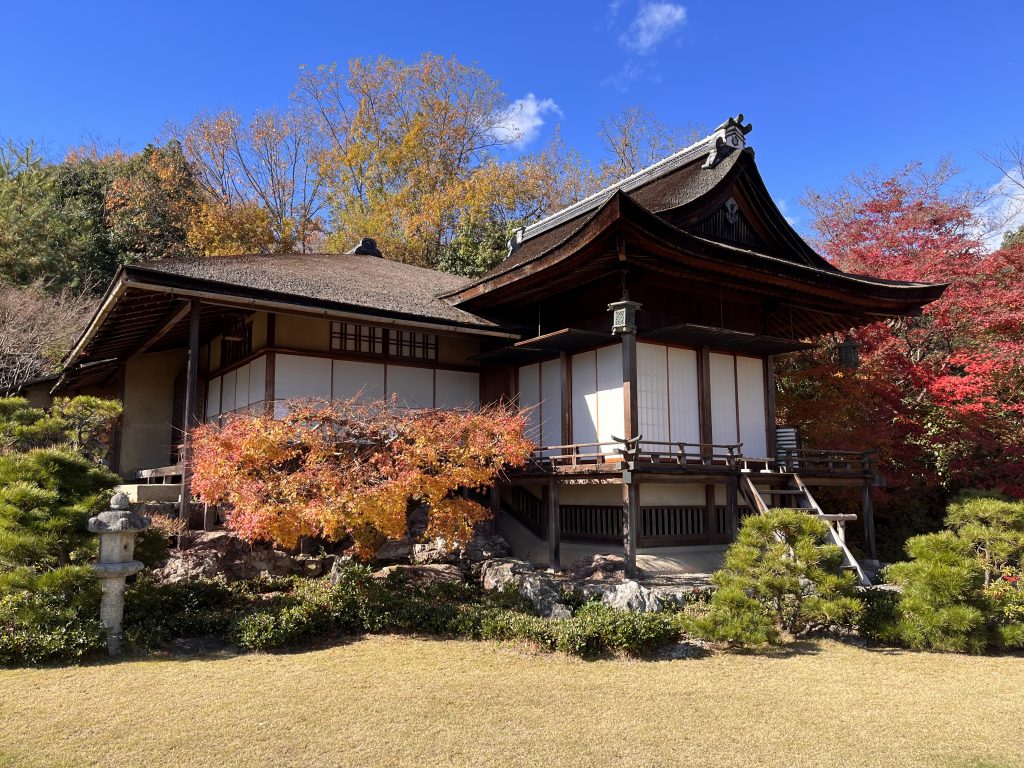
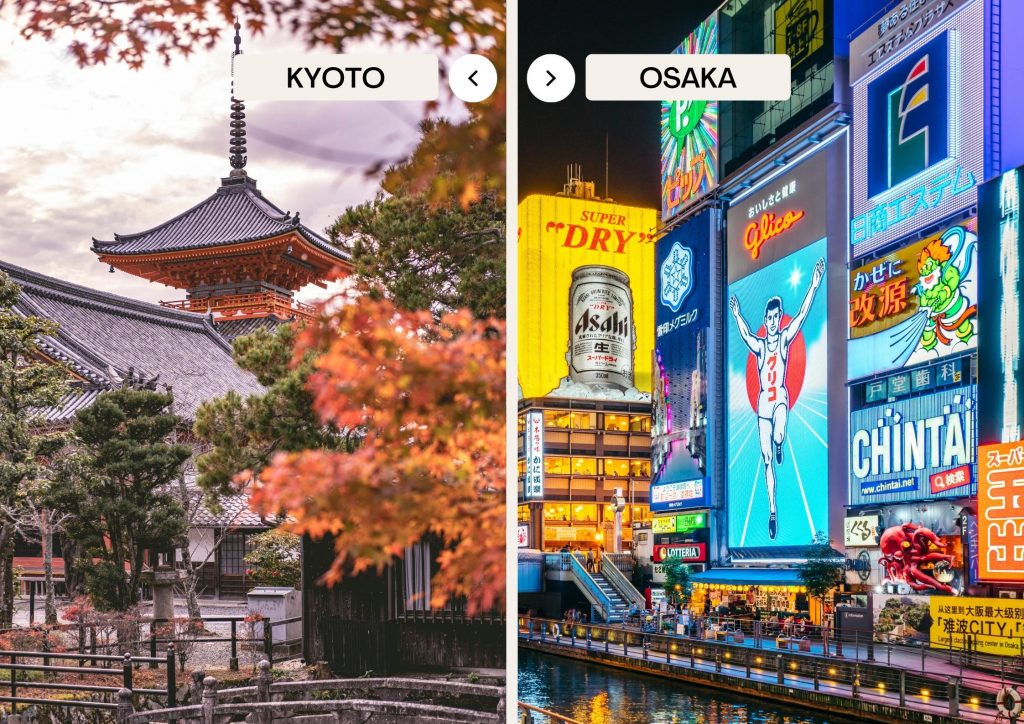
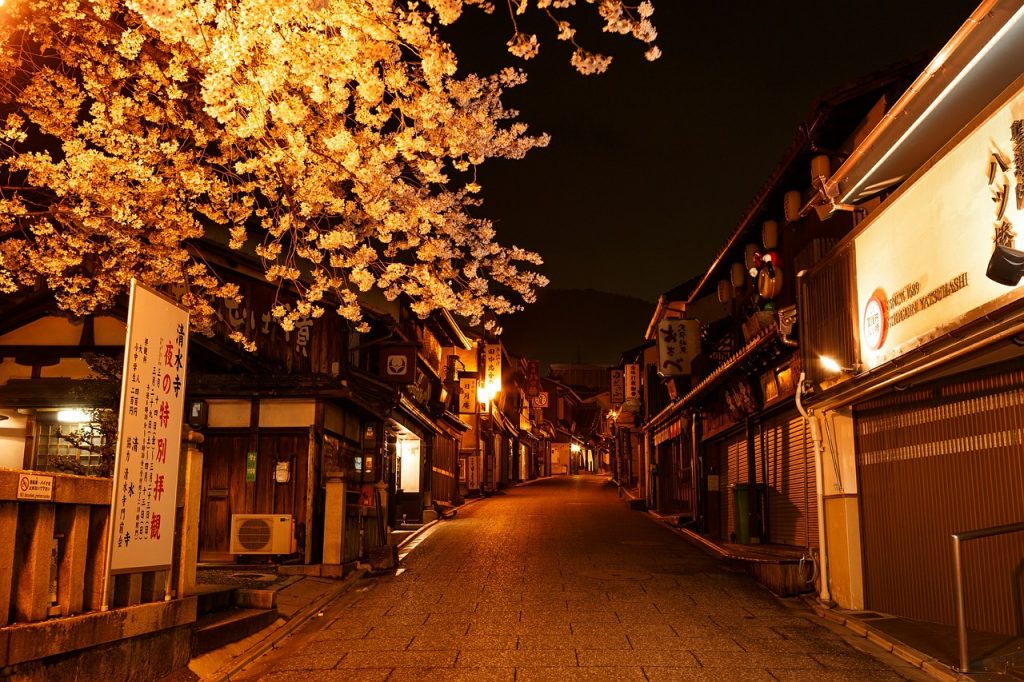
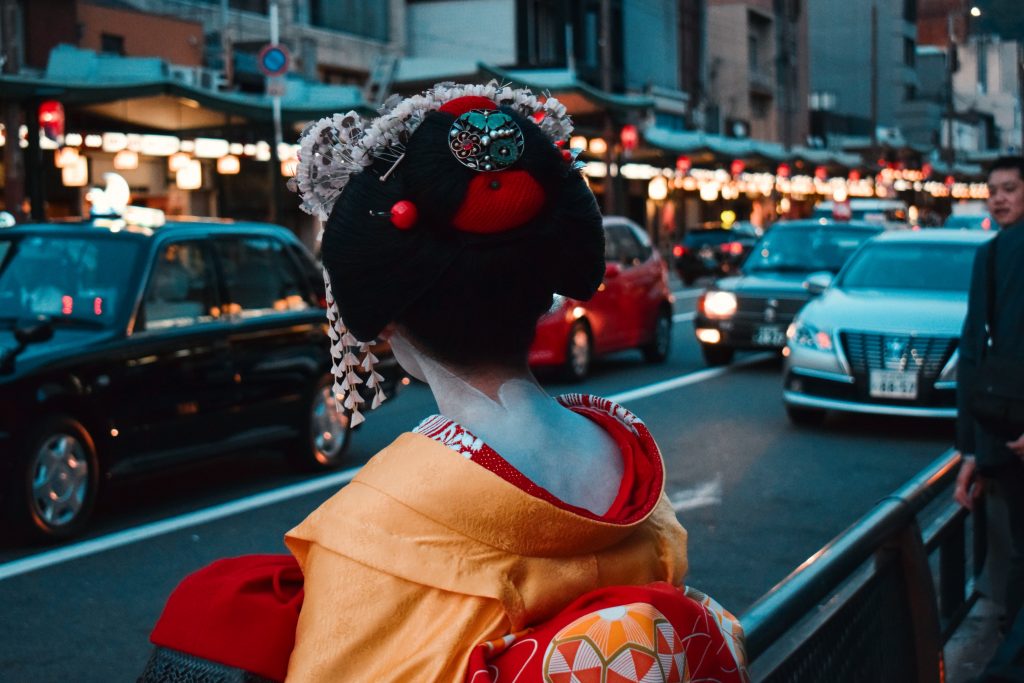
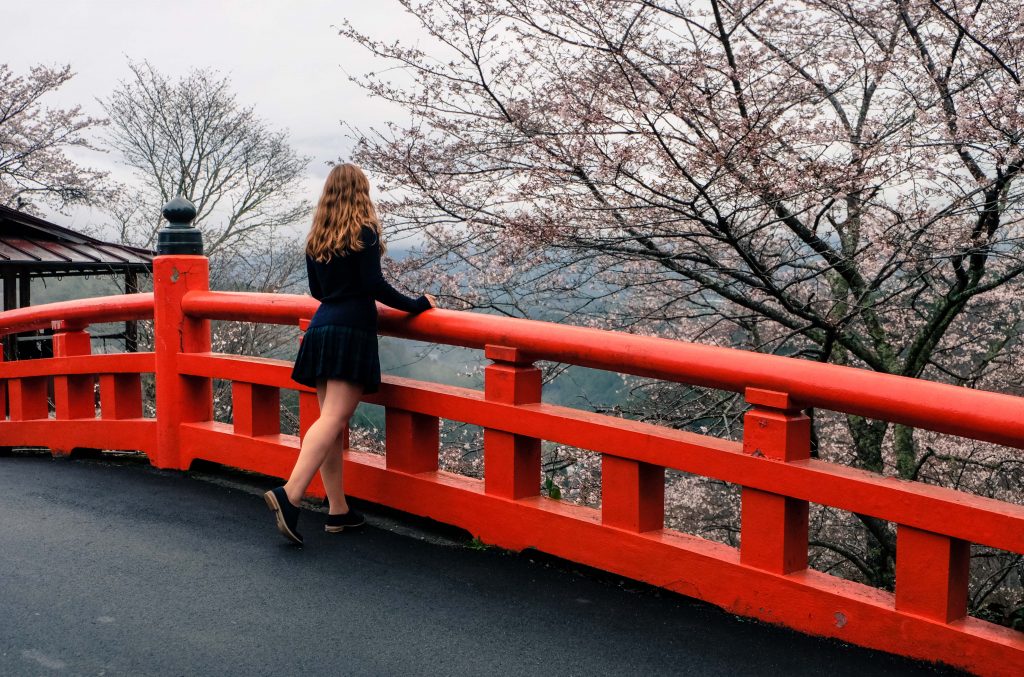
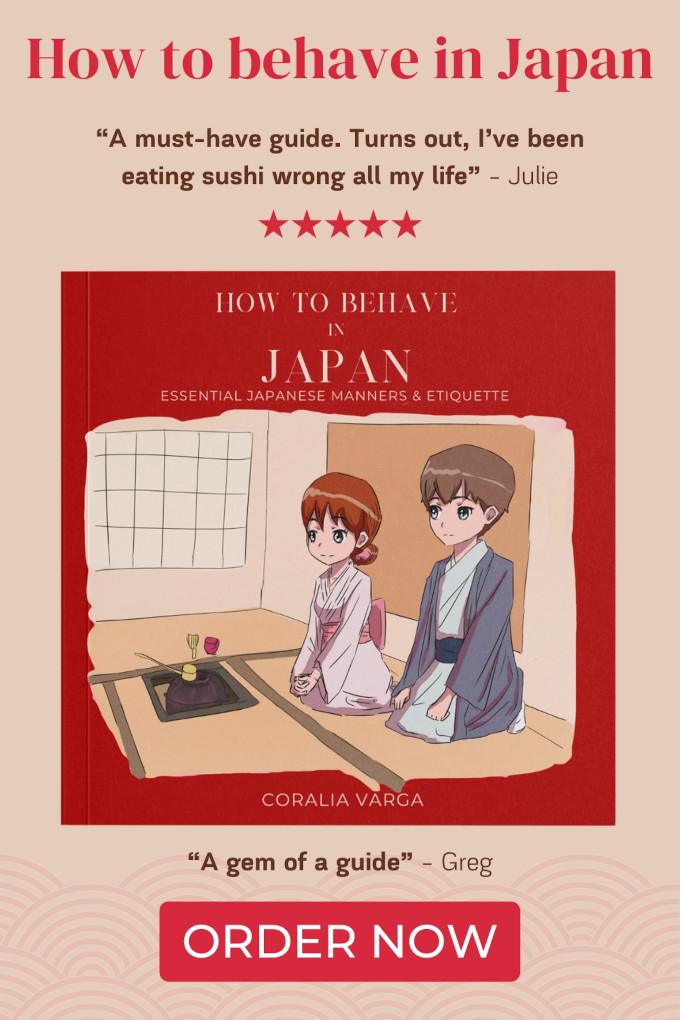

Leave a Reply